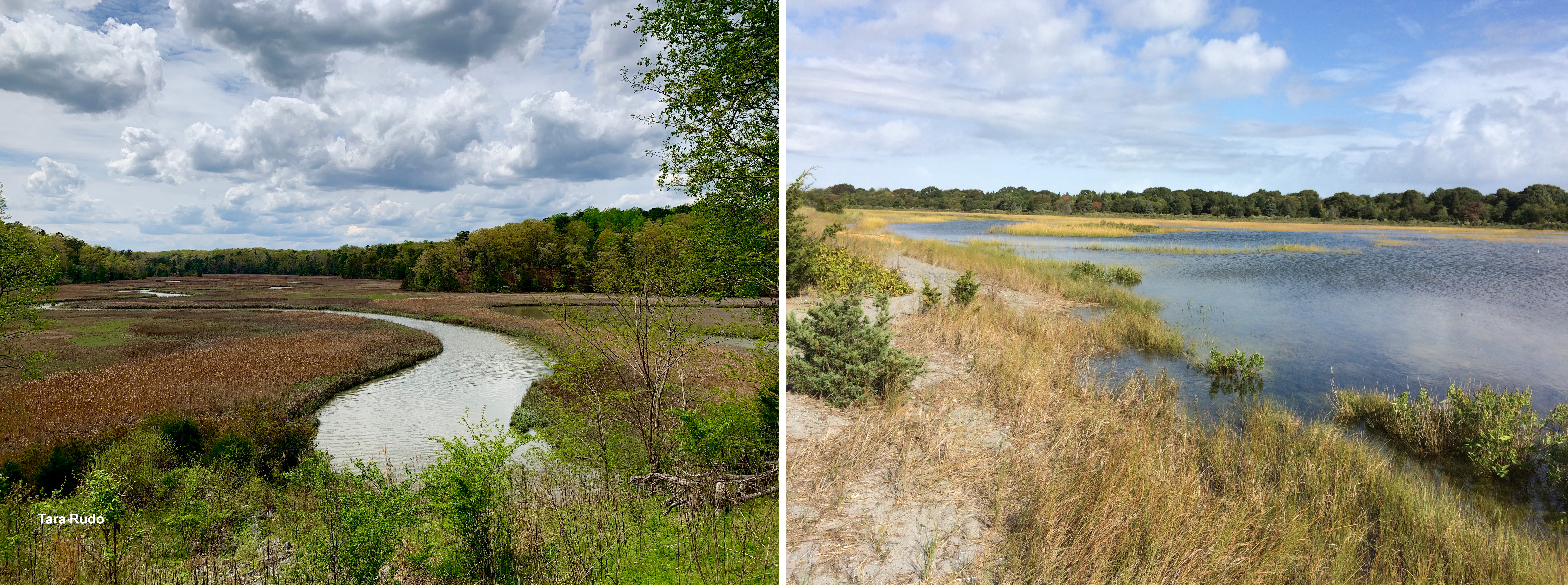Challenge
Marshlands face many threats, from rising seas to ever-growing development. It’s important to protect them, because healthy tidal marshes provide numerous economic and societal benefits, including absorbing excess water, protecting communities from flooding, and maintaining cleaner water supplies, as well as providing important natural habitat for fish and wildlife. Deciding how to protect them requires the ability to compare marsh conditions across broad landscapes—a difficult feat.
Solution
A team in New Hampshire set out to help local land managers determine management options for their individual parcels of land. This included identifying undeveloped land that could support healthy tidal marshes. Using Digital Coast land cover data to enhance a study on marsh resilience, the team was able to help these land managers narrow down the most suitable options to ensure strategic, successful decisions were made in the present and well into the future. New Hampshire’s Great Bay National Estuarine Research Reserve, for example, incorporated this knowledge to improve their marsh management plan.

